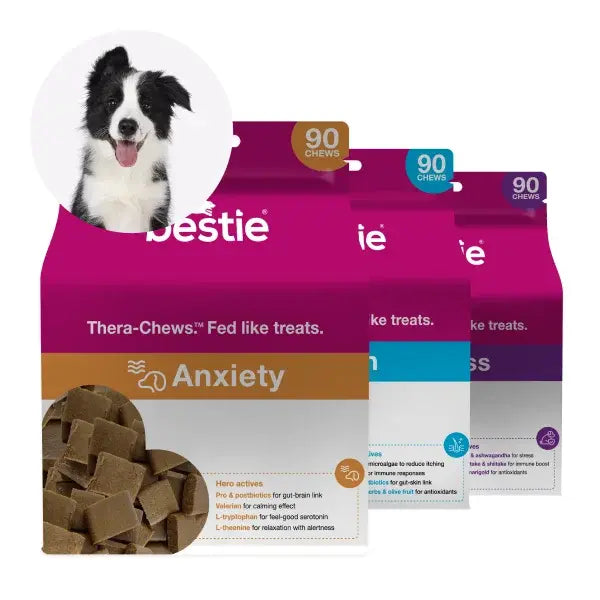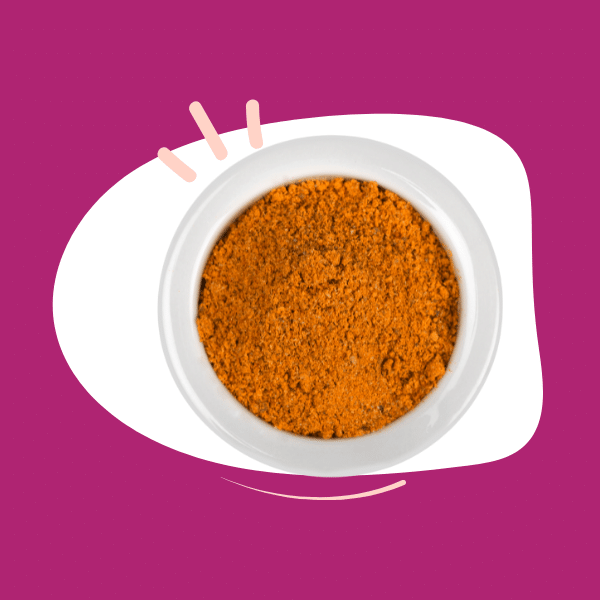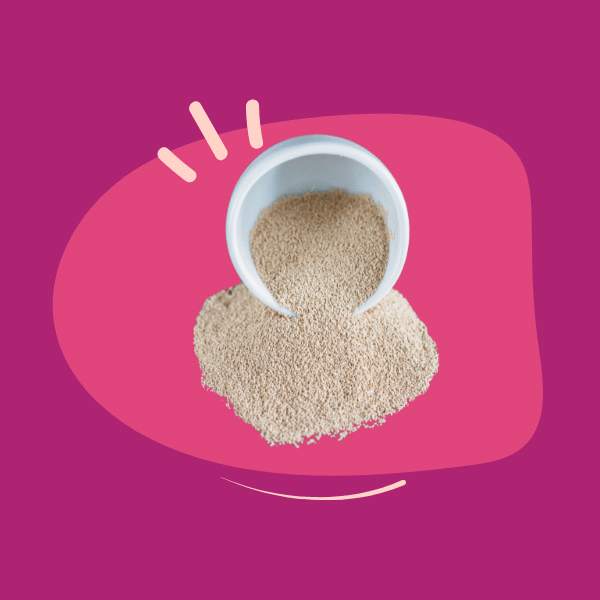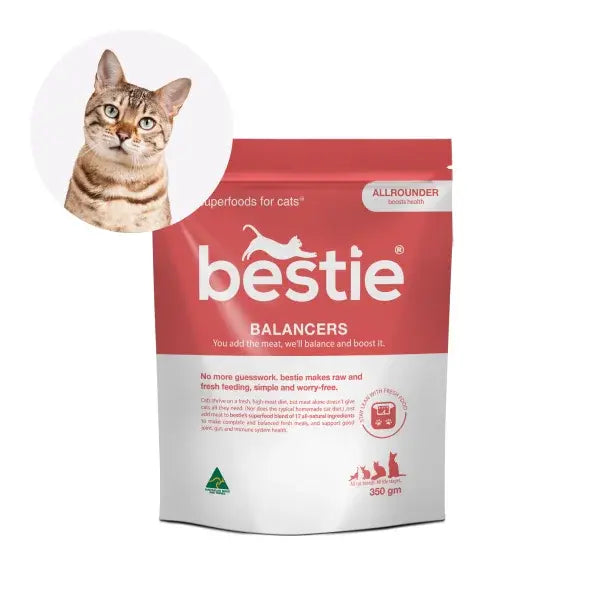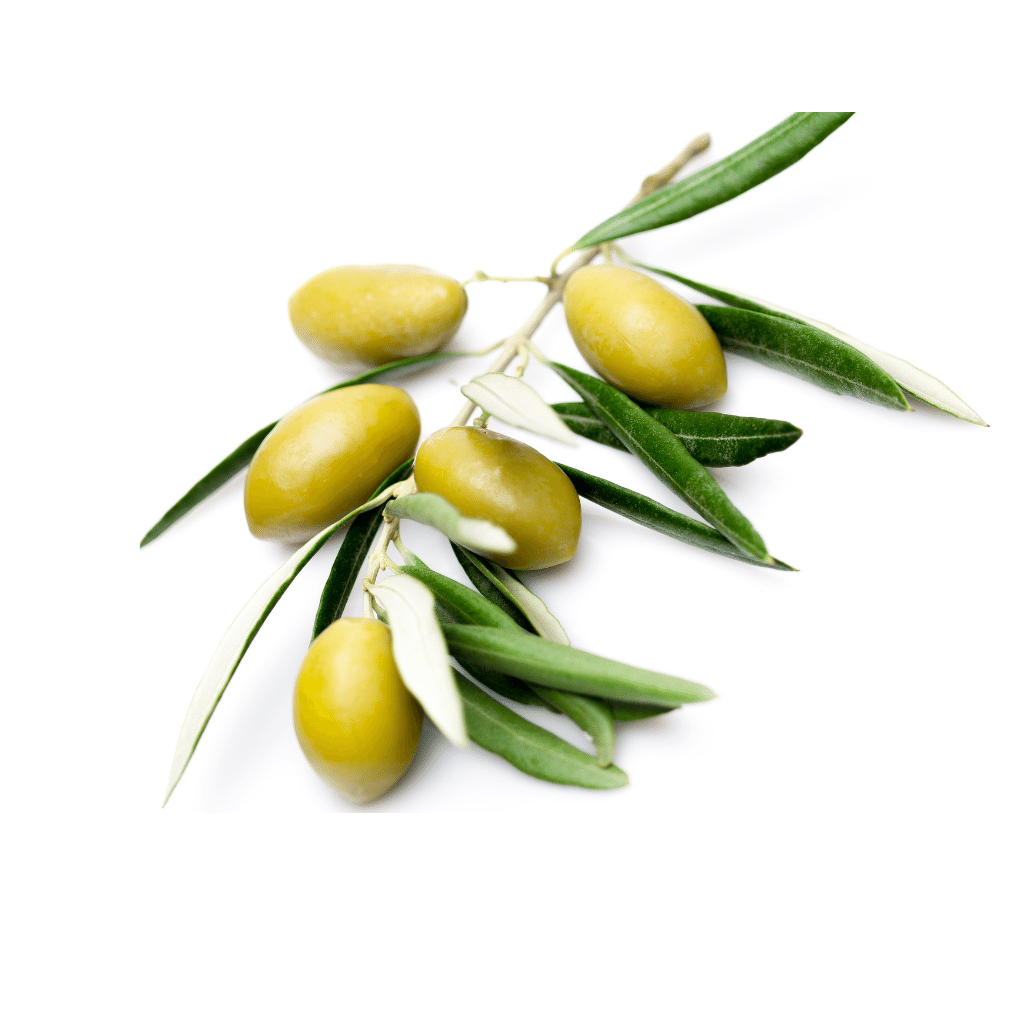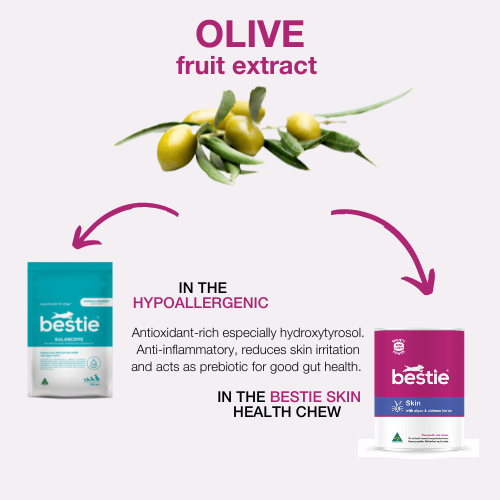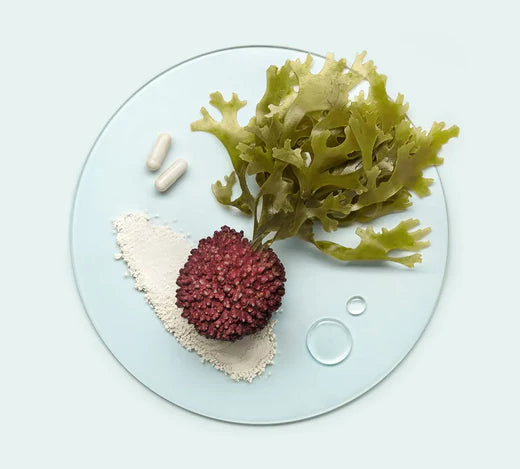Olive is a rich source of valuable nutrients and bioactive substances of medicinal and therapeutic interest. Olive fruit contains phenolic acids, phenolic alcohols, flavonoids, secoiridoids, and phenolic compounds that are known to possess multiple biological activities such as antioxidant, anticarcinogenic, anti-inflammatory, antimicrobial, antihypertensive, antidyslipidemic, cardiotonic, laxative, and antiplatelet.1
It’s these phenolic acids, and in particular, hydroxytyrosol, that’s behind the inclusion of olive fruit extract in our Hypoallergenic balancing pre-mix, and Bestie Skin health chew, designed to help support a healthy skin and coat.
One of the most common issues of pets is atopic dermatitis, an immune-mediated skin disorder that is characterised by mild to severe skin lesions. While therapeutic management often involves the use of corticosteroids, these are not without their side effects.
Olive fruit extract can help skin problems
The olive fruit extract is packed with antioxidants that play a significant role in the health benefits of olives. These antioxidants have been shown to protect significantly against health issues associated with oxidative stress.
Many of the protective effects of olive against chronic and degenerative diseases are attributed to the biophenol components, particularly, hydroxytyrosol.1
Hydroxytyrosol
Hydroxytyrosol is considered the most powerful antioxidant compound after gallic acid and one of the most potent antioxidant compounds among phenolic compounds from the olive tree.3 It's a highly bioavailable phytochemical and generally recognized as responsible for most of the health benefits of olive fruit extract.
Hydroxytyrosol has a very high antioxidant capacity. Aside from its cardio-protective properties, it also promotes skin health with its anti-inflammatory actions. Recent interest in the use of hydroxytyrosol (HT) and other natural compounds has significantly increased because of their strong anti-inflammatory activity.
As a powerful antioxidant, hydroxytyrosol helps combat processes in the body caused by cell oxidation. It has a great capacity to slow down the onset and development of free radicals.
Many sunscreen products contain hydroxytyrosol in their formula to prevent skin damage caused by exposure to harmful UV radiation. It can significantly reduce the breakdown of DNA strands and proliferation of reactive oxygen species (ROS). It has also been demonstrated to deeply interfere with the progression of melanoma, a highly invasive skin tumor.4
Hydroxytyrosol has also been shown to be:
- Cardio-protective
- Anti-inflammatory
- Anti-cancer
- Anti-aging
- Anti-microbial
- UV-protective
Iridoids
Iridoids are interesting bioactive compounds that are also abundant in olive fruit. They’re largely used in skin disorders mostly because of their anti-inflammatory and antioxidant properties.
Olive fruit extract possesses prebiotic properties
Given that the diet is one of the main factors that shape the gut microbiota, nutritional interventions for restoring gut homoeostasis are very important.
“Homoeostasis” is defined as a state of balance or equilibrium that is necessary for the optimal function and survival of the body. Gut homoeostasis is maintained by the interaction between the animal’s immune system and microbial population in the gut.
Hydroxytyrosol and other types of polyphenols are emerging as prebiotics due to their ability to improve intestinal dysbiosis and health parameters.
What are prebiotics?
Prebiotics promote the growth of beneficial bacteria in the gut while inhibiting the growth of bad bacteria in the gastrointestinal tract.
Prebiotics function as a food source for the gut’s microorganisms. In the colon, the gut microorganisms metabolize and ferment the prebiotics to survive
Compared to probiotics which are composed of beneficial microorganisms, prebiotics are non-digestible carbohydrates that are fermented by the microorganisms in the gut to produce short-chain fatty acids (SCFAs). Short-chain fatty acids are the main metabolic products of anaerobic bacterial fermentation in the intestine. In addition to their important role as fuel for intestinal epithelial cells, SCFAs modulate different processes in the gastrointestinal (GI) tract and in other tissues such as adipose and immune tissues.7
Hydroxytyrosol and other polyphenols can affect the gut microbiota population in two ways:
- Influence gut microbial population. HT supplementation has been shown to significantly change the composition of the gut microbiota through the regulation of specific microbial species5and improving the integrity of the intestinal wall.
- Gut bacteria metabolise polyphenols into bioactive compounds that produce relevant health effects. Recent evidence suggests that a substantial proportion of the consumed polyphenols reaches the colon and is broken down by the colonic microbiota into their low molecular weight (phenolic) metabolites so they can be absorbed and utilized in the body.6
Understanding the Gut-Skin Axis
One of the important functions of the intestinal wall is to act as a barrier that prevents toxins, pathogens, food allergens, and other foreign substances from being absorbed and gaining entry into the blood circulation.
The intestinal walls are selective in their permeability. Only specific substances, such as end-products of digestion, can pass through because the body needs them.
Sometimes, an abnormality in the intestine can cause an increase in the permeability of the intestinal wall. One common condition that compromises intestinal function and integrity is a ‘leaky gut’ (dysbiosis).
When this happens, substances that normally pass through the intestines and are eliminated as waste can cross the intestinal walls. As these unwanted substances enter the bloodstream, they can reach various parts of the body, such as the bones and joints, heart, brain, and skin.
Increased intestinal permeability is recognized as an important predisposing factor in many inflammatory conditions in pets. The influx of unwanted substances through the intestinal wall can eventually lead to inflammation that is associated with a variety of conditions such as chronic arthritis, chronic ear infections, seizures, atopic dermatitis, and allergies. Any pre-existing inflammatory condition/s in the dog’s body may also be aggravated.
An increase in the permeability of the intestine can also be an important predisposing factor of food allergies and skin problems in dogs.
Many factors can cause damage to the intestinal walls. One of the common culprits of intestinal wall damage is a long-term imbalance in the gut bacteria which can eventually lead to chronic inflammatory changes in the cells and tissues of the intestine.
Diet can be considered one of the pivotal factors in modulating the functionality, integrity, and composition of the gut microbiota as the gastrointestinal tract is the first organ exposed to components of the diet.2

Hydroxytyrosol-rich olive extract is one of the key ingredients in Bestie’s Hypoallergenic Balancing Premix. If your dog suffers from persistent itching, scratching, rubbing, and licking, this hypoallergenic diet may just be the answer to your dog's skin problems.

Dr. Merliza Cabriles, DVM
Dr. Merliza Cabriles is a Licensed Veterinarian and a University Professor with many years of experience in food animal and pet companion medicine. Her passion for writing and pet parent education and support are echoed in the articles she has written for various websites in the pet niche, including bestie’s! She enjoys cultivating positive relationships with her clients and dedicates her time to educating and supporting pet parents in providing the best care for their pets.In her spare time, she enjoys trekking and traveling.
List of References:
- Rahele Ghanbari,Farooq Anwar, Khalid M. Alkharfy, Anwarul-Hassan Gilani, and Nazamid Saari. Valuable Nutrients and Functional Bioactives in Different Parts of Olive (Olea europaea L.)—A Review. Int. J. Mol. Sci. 2012, 13(3), 3291-3340; https://doi.org/10.3390/ijms13033291
- Gizem Catalkaya, Koen Venema, Luigi Lucini, Gabriele Rocchetti, Dominique Delmas, Maria Daglia, Anna De Filippis, Hang Xiao, José L. Quiles, Jianbo Xiao, Esra Capanoglu. Interaction of dietary polyphenols and gut microbiota: Microbial metabolism of polyphenols, influence on the gut microbiota, and implications on host health. 22 June 2020. https://doi.org/10.1002/fft2.25
- Fatemeh Shafiee, Elnaz Khoshvishkaie, Ali Davoodi, Ayat Dashti Kalantar, Hossein Bakhshi Jouybari, and Ramin Ataee. The Determination of Blood Glucose Lowering and Metabolic Effects of Mespilus germanica L. Hydroacetonic Extract on Streptozocin-Induced Diabetic Balb/c Mice. Medicines 2018, 5(1), 1; https://doi.org/10.3390/medicines5010001
- Francesca Costantini, Caterina Di Sano, and Giovanna Barbieri. The Hydroxytyrosol Induces the Death for Apoptosis of Human Melanoma Cells. Int. J. Mol. Sci. 2020, 21(21), 8074; https://doi.org/10.3390/ijms21218074
- Zhuoqun Liu, Ningning Wang,Yanan Ma, and Deliang Wen. Hydroxytyrosol Improves Obesity and Insulin Resistance by Modulating Gut Microbiota in High-Fat Diet-Induced Obese Mice. Front Microbiol. 2019; 10: 390. doi: 10.3389/fmicb.2019.00390
- González-Barrio, R. O., Borges, G., Mullen, W., & Crozier, A. (2010). Bioavailability of anthocyanins and ellagitannins following consumption of raspberries by healthy humans and subjects with an ileostomy. Journal of Agricultural and Food Chemistry, 58(7), 3933–3939.
- Marco Aurélio Vinolo,H.G. Rodrigues,Renato T Nachbar, Rui Curi. Modulation of inflammatory and immune responses by short-chain fatty acids.Diet, Immunity and Inflammation (pp.435-458).December 2013. DOI:10.1533/9780857095749.3.435



